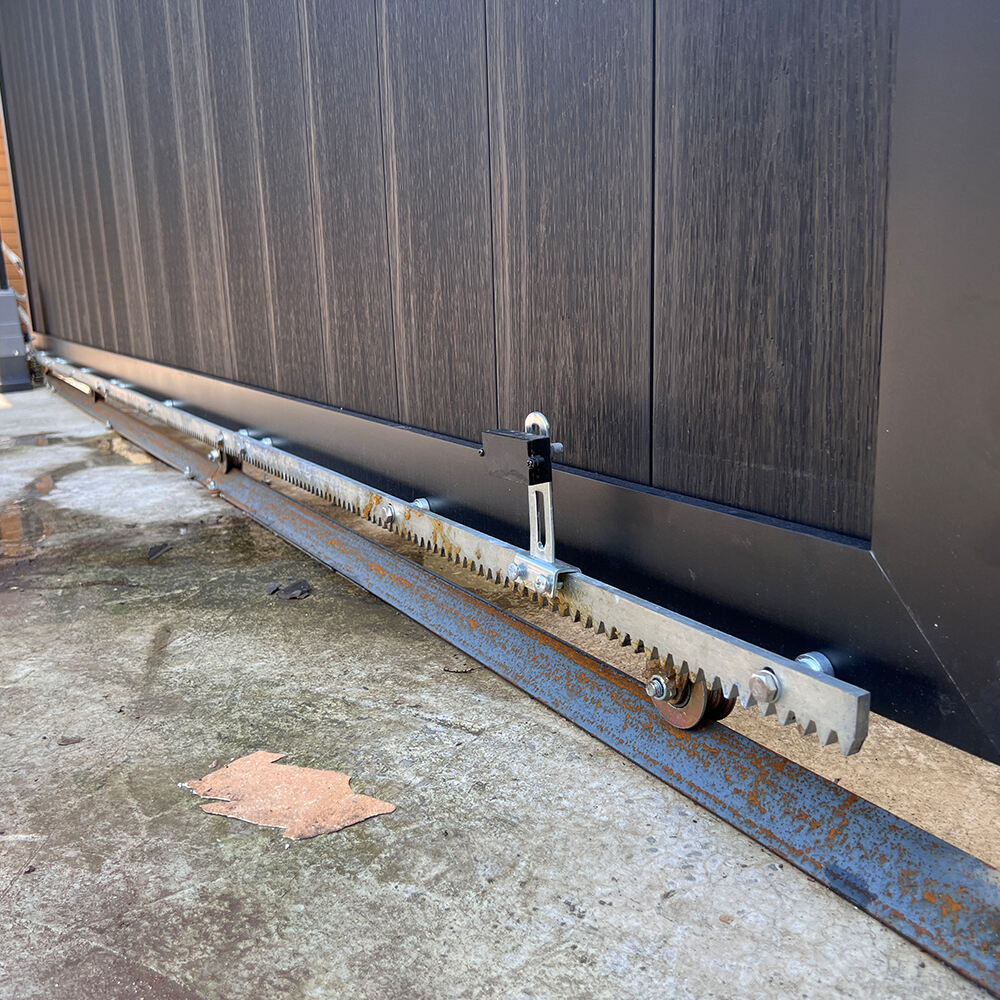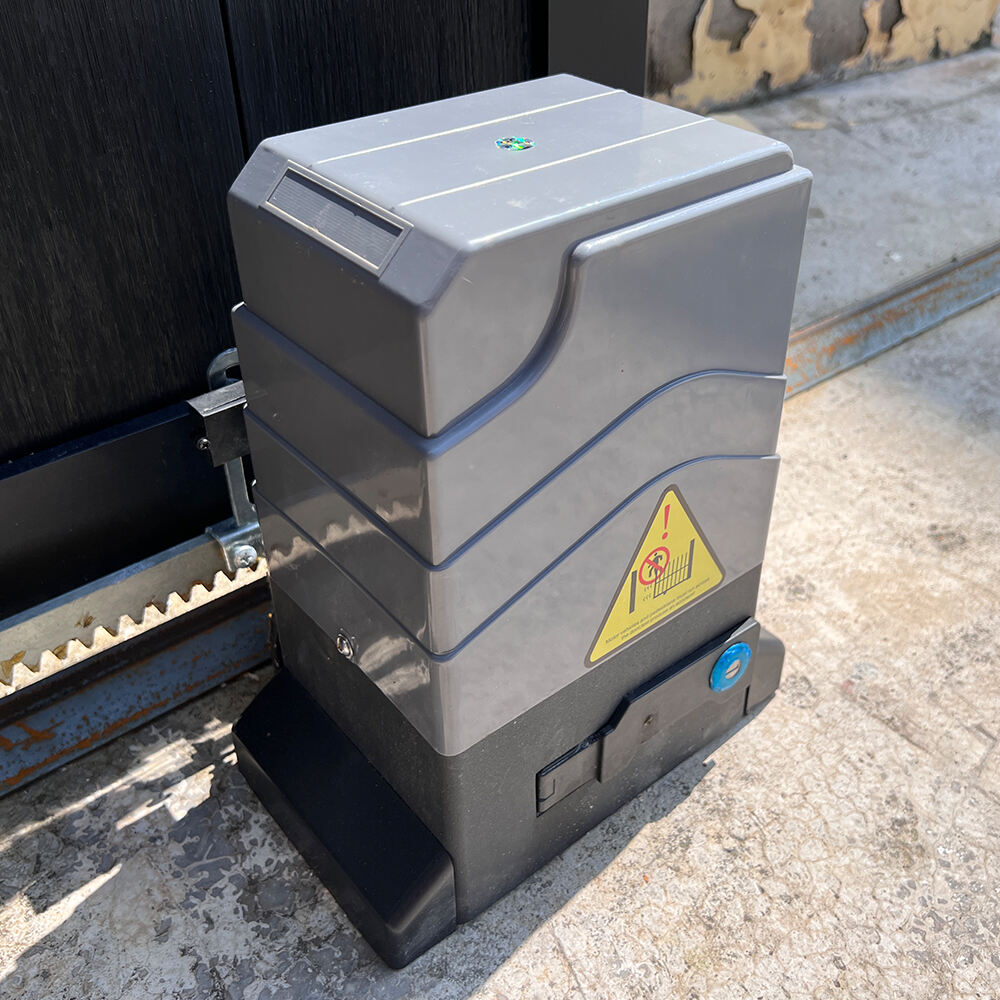How to Select Automatic Gate Systems for Commercial Properties
Understanding Modern Access Control for Commercial Properties
The security landscape for commercial properties has evolved dramatically in recent years, with automatic gate systems emerging as a cornerstone of modern access control. These sophisticated entry solutions combine advanced technology with robust physical security, providing property managers and business owners with unprecedented control over who enters their premises. As commercial spaces face increasing security challenges, the implementation of well-designed automatic gate systems has become not just a luxury, but a critical business investment.
Modern automatic gate systems represent a perfect fusion of security, convenience, and operational efficiency. They serve as the first line of defense for commercial properties while simultaneously streamlining access for authorized personnel and vehicles. Whether protecting an industrial complex, office park, or retail establishment, these systems play a vital role in maintaining security protocols while projecting a professional image to visitors and clients.
Core Components of Commercial Gate Automation
Gate Operators and Motors
At the heart of automatic gate systems lies the operator mechanism, which powers the gate's movement. Commercial-grade operators are specifically engineered to handle frequent cycles and heavier gates typical of business environments. These robust motors must deliver reliable performance under demanding conditions, including continuous operation during peak hours and adverse weather conditions.
When selecting gate operators, factors such as gate weight, usage frequency, and opening speed become crucial considerations. Heavy-duty operators designed for commercial applications typically feature enhanced duty cycles, sophisticated obstacle detection, and backup systems to ensure uninterrupted operation during power outages.
Access Control Integration
Modern automatic gate systems seamlessly integrate with various access control technologies. From traditional keypads and card readers to advanced biometric scanners and mobile credentials, the access control interface must align with the property's security requirements and user convenience needs. Integration capabilities with existing security infrastructure, such as surveillance systems and visitor management platforms, further enhance the overall security ecosystem.
The selection of access control methods should consider factors like user volume, security level requirements, and the need for audit trails. Many commercial properties opt for multi-factor authentication systems that combine physical credentials with digital verification for enhanced security.
Safety Features and Compliance Standards
Mandatory Safety Mechanisms
Commercial automatic gate systems must incorporate comprehensive safety features to protect both vehicles and pedestrians. Photo eyes, pressure sensors, and safety edges work together to detect obstacles and prevent accidents. These safety mechanisms are not just recommended features – they're often mandated by local building codes and insurance requirements.
Regular testing and maintenance of safety features ensure continued compliance with UL 325 standards and other relevant safety regulations. Property managers must establish routine inspection schedules and maintain detailed records of all safety-related maintenance and testing procedures.
Emergency Access Provisions
Emergency access capabilities are crucial for commercial automatic gate systems. Fire department key switches, Knox boxes, and emergency release mechanisms must be properly installed and maintained. These features ensure first responders can quickly access the property during emergencies, while maintaining security during normal operations.
The system should also include backup power solutions and manual override capabilities to maintain access control during power outages or system malfunctions. Regular testing of these emergency features helps ensure they'll function reliably when needed most.
Design Considerations for Commercial Properties
Gate Types and Materials
The selection of gate type and materials significantly impacts both functionality and aesthetics. Sliding gates work well for properties with limited space, while swing gates might better suit locations with ample clearance. Materials range from aluminum and steel to custom-fabricated options, each offering different benefits in terms of durability, maintenance requirements, and visual appeal.
Climate considerations play a crucial role in material selection, as different environments may require specific corrosion resistance or weather-proofing features. The gate's design should also complement the property's architectural style while meeting security requirements.
Site Assessment and Installation Requirements
Proper site assessment is crucial for successful automatic gate system implementation. Factors like terrain grade, available power sources, drainage patterns, and traffic flow patterns must be carefully evaluated. Professional installers should conduct thorough site surveys to identify potential challenges and determine optimal gate placement.
Installation requirements extend beyond physical placement to include considerations for conduit runs, communication lines, and future maintenance access. Proper planning during this phase helps prevent costly modifications and ensures optimal system performance.


Maintenance and Long-term Considerations
Preventive Maintenance Schedules
Regular maintenance is essential for keeping automatic gate systems operating reliably. Establishing comprehensive maintenance schedules helps prevent system failures and extends equipment life. This includes regular lubrication, adjustment of moving parts, cleaning of sensors, and testing of safety features.
Documentation of maintenance activities, including dates, procedures performed, and parts replaced, helps track system health and predict potential issues before they cause disruptions. Professional maintenance contracts often provide the most cost-effective approach to long-term system care.
Future-Proofing and Upgrades
When selecting automatic gate systems, consider future expansion capabilities and technological advances. Systems should be modular enough to accommodate additional access control methods, increased user capacity, or enhanced security features as needs evolve. Integration capabilities with emerging technologies like cloud-based management systems and IoT devices can extend system functionality.
Budget planning should include provisions for periodic upgrades and technology refreshes to maintain optimal security levels and take advantage of new capabilities as they become available.
Frequently Asked Questions
What is the typical lifespan of a commercial automatic gate system?
With proper maintenance, commercial automatic gate systems typically last 10-15 years for mechanical components and 5-7 years for electronic elements. However, usage intensity, environmental conditions, and maintenance quality significantly impact longevity. Regular professional servicing can extend system life considerably.
How do automatic gate systems handle power outages?
Most commercial automatic gate systems include battery backup systems that provide continued operation during power outages. Additionally, manual release mechanisms allow for operation during extended power losses. Advanced systems may also include solar power options as supplementary power sources.
What security features should be prioritized for high-traffic commercial properties?
High-traffic commercial properties should prioritize robust access control integration, video surveillance compatibility, anti-tailgating features, and enhanced durability components. Additional considerations include traffic management capabilities, multiple authentication methods, and comprehensive audit trail functionality.

